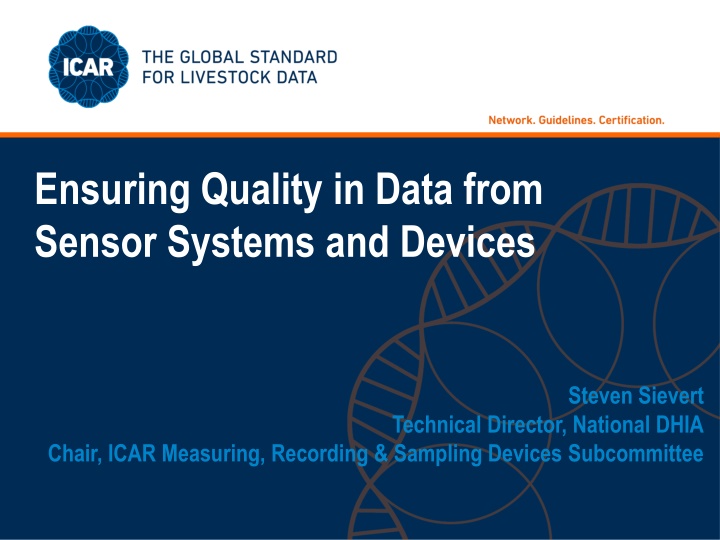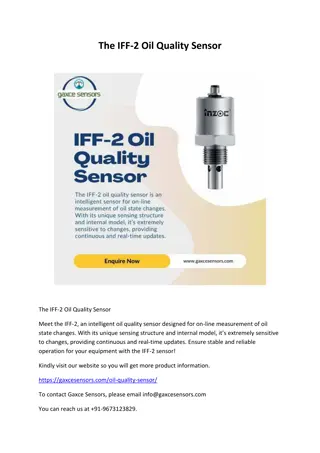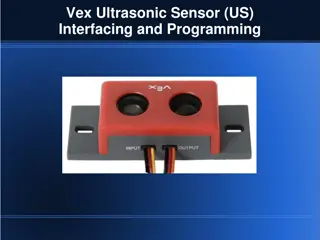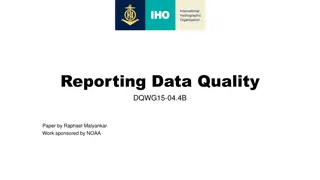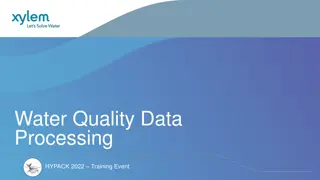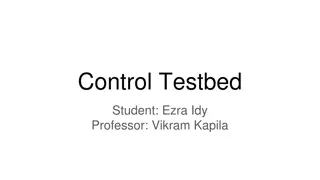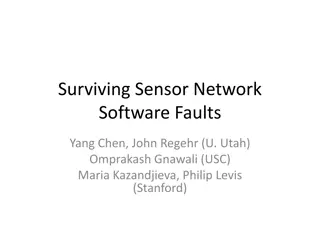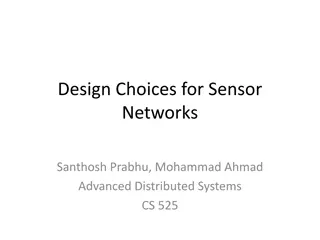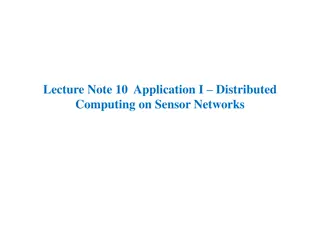Ensuring Quality in Data from Sensor Systems
Quality assurance in data from sensor systems and devices is crucial for accuracy and precision. This involves reviewing accuracy, precision, calibration, maintenance, and adherence to standards. Management data covers various aspects like yield, milking speed, animal health, reproduction, and more. Emphasizing accuracy and precision compared to industry standards is key for data reliability.
Download Presentation

Please find below an Image/Link to download the presentation.
The content on the website is provided AS IS for your information and personal use only. It may not be sold, licensed, or shared on other websites without obtaining consent from the author.If you encounter any issues during the download, it is possible that the publisher has removed the file from their server.
You are allowed to download the files provided on this website for personal or commercial use, subject to the condition that they are used lawfully. All files are the property of their respective owners.
The content on the website is provided AS IS for your information and personal use only. It may not be sold, licensed, or shared on other websites without obtaining consent from the author.
E N D
Presentation Transcript
Ensuring Quality in Data from Sensor Systems and Devices Steven Sievert Technical Director, National DHIA Chair, ICAR Measuring, Recording & Sampling Devices Subcommittee
Software Updates Is Version Control Important? Measured vs. Estimated vs. Displayed vs. Usable Data Sensor Devices Bring More Challenges Lack of Standard Data Definitions & Practices Validation, Maintenance, and Calibration Protocols are Missing Data Connectivity, Storage, Source, and Transfer Managing Sensor System Bias and Individual Sensor Bias
What does the device measure? Reviewing Recording & Sampling Devices or Systems Accuracy and precision are only one component of data quality need to look at the system What is the accuracy and precision of the measurement? How is the device calibrated & maintained?
Management Data Yield SCC Milking Speed Feed Efficiency Animal Health Data Locomotion Reproduction Disease BCS/Weight Animal Welfare Data Activity Mobility Eating, Resting Heat Stress Multiple Ways to Classify On-Farm Data Data for Genetic Evaluations & Official Programs Do We Know What We Want or Need? Data Linked to Direct Farm Payments Yield Fat, Protein SCC Alarm Data Heat Detection SCC Locomotion Location Yes/No Data Pregnancy Disease Trend Data BCS/Weight Milk Flow/Speed Feed Efficiency Eating, Resting
Accuracy & Precision Cannot simply assume that you can be less accurate in measurement just because you have more data observations Improve accuracy by calibration & design Improve precision by quality control What is the accuracy compared to the gold standard for the industry? Cannot simply assume that accuracy is acceptable when compared to other measures on the farm
Data Quality System Level/Standards the term used for information that has all five elements of quality at once: Data Quality completeness consistency accuracy integrity standards-based vs. Data Accuracy Data Accuracy Device Level/Standards the element of data quality that deals with the information being exact (bias & precision) when describing the physical characteristics or measurements
Focusing on quality of data system includes completeness - animal ID, trait measurement, missing data handling, calculations, transfer The Need for Quality Data DHI programs should look at quality of various data sources as a whole rather than focus on accuracy of individual measurements How Good is Good Enough? Opportunity to merge like data from various sources together and deliver quality information to producers and the DHI system
The official ID of an animal most likely will not be the same as ID associated with sensor measures Animal ID is More Important Than Ever Animals may have multiple IDs over their lifetime Animals may have multiple IDs on their body at once Databases will need to have protocols for ID cross- referencing and validation Need protocols for on-farm validation of the automatic ID system and for data transfer/custody
System Connectivity & Data Capture is a Concern How are values computed for missing data points? Estimates? Mean values without missing data? Component of the quality of data entering the system
Measuring one variable & reporting another What is the Difference? Handling of missing data points Raw Data vs. Estimated Data vs. Displayed Data vs. Usable Data Outlier handling and exclusion Data smoothing Range of accurate measurement Precision of data recording & rounding Data transfer, custody, accessibility
Challenges with the Next Generation of Devices System Measures One Variable and Reports Data as a Different Trait Reliance on Automatic ID Systems and Association with the Correct Cow New Systems Measure More than a Single Parameter We are Looking at Systems Instead of Devices Speed of Commerce is Faster than ICAR Testing 1
Total System Approach Focus on Data for Management Purposes and then Assess Usability for Official Programs The Future of DHI ICAR Guidelines & Protocols for Automatic Recording Animal ID, Data Capture & Data Editing Innovative System Testing and Certification by ICAR What is Needed? Continuous Monitoring of Systems for Quality Assurance Flexibility in Data Transfer, Packaging and Delivery by DHI Active Device Manufacturer Engagement
